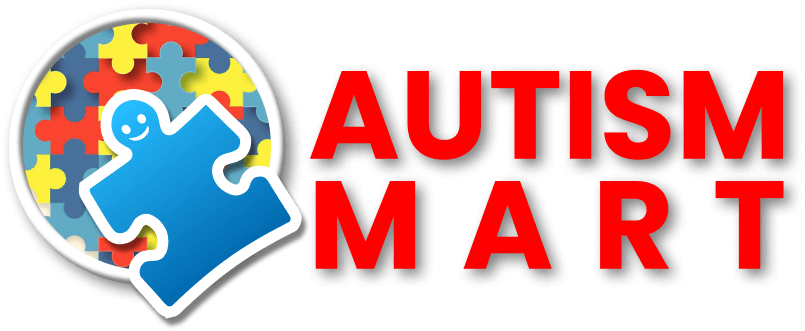In our lives, we can meet people from all corners of the world, of all shapes and sizes, who experience life uniquely. We can also meet individuals with various kinds of conditions that affect their way of living, such as Autism Spectrum Disorder (ASD), as it influences 1 in 36 children per the Centers for Disease Control & Prevention (CDC). It has been proven time and time again that providing children with support for their autism at an early age can assist them later on in life. Early intervention can lead to corrected sensory sensitivities, development of communication and social skills, improved quality of life for the present, and enhanced behavior. In this blog post, we’ll be discussing why early intervention is important and its types. Additionally, educational toys in Pakistan can allow individuals to learn more about the world around them.
When Should a Child be taken in for a Diagnosis?
You should take your child in for a diagnosis at an early age. The sooner you take them for a diagnosis, the sooner they can be given adequate resources and support for proper intervention to give these children a chance to develop their skills and manage their sensory sensitivities. It is professionally recommended for children to be diagnosed at two years or older. A few children with autism can begin to regress in specific areas of their mind at the age of two, such as being unable to respond to their name being called or creating eye contact with others. This is usually when parents should get their children diagnosed with ASD.
The Meaning of Early Intervention for Autism:
Early intervention for autism refers to giving individuals with autism the proper therapeutic resources, which usually start at the age of two or three and are meant to assist them through any of the issues they might have with lacking communication or social skills. It is done at the age of two or three, as these are the years when the brain is rapidly developing. Early intervention is important to ensure a child’s development is adequate and functions properly in their later life. There are various benefits early intervention can have for autistic individuals, such as improving social skills, gross motor skills, communication, speech, self-independence, and more.
Therapies for Autism:
Autism is a spectrum disorder, which means that a solution that works for one individual won’t work for everyone. There is currently no cure for this disorder, nor is there a solution that works for everyone. These therapies aim to make this condition bearable while minimizing the symptoms of this disorder. Early intervention ensures that these children can communicate properly with others, socially interact with others properly, and behave adequately. Here are a few of the most common therapies utilized for early intervention of autism:
• Behavior & Communication Therapies:
Numerous programs have been created to address autism issues, such as social, behavioral, and language issues. A few programs prioritize removing problematic behaviors and teaching new skills that others can deem beneficial. Other programs also focus on teaching brand-new skills. There are programs that teach kids how to act in certain social scenarios or communicate better in real-world environments, such as parties.
• Educational Therapies:
Kids with autism who respond well to highly structured programs can utilize educational therapies. These programs include a team of specialists who learn about these children and set up numerous activities according to their interests to enhance their social skills, behavior, and communication. Preschool children who are given these kinds of therapies often show adequate progress in their social skills.
Conclusion:
Early prevention of autism refers to providing autistic children with the proper resources, such as educational toys or sensory toys, to improve their sensory sensitivities, social skills, communication skills, and behavior. Various therapies, such as behavior and communication therapies, can be used for autistic children.

